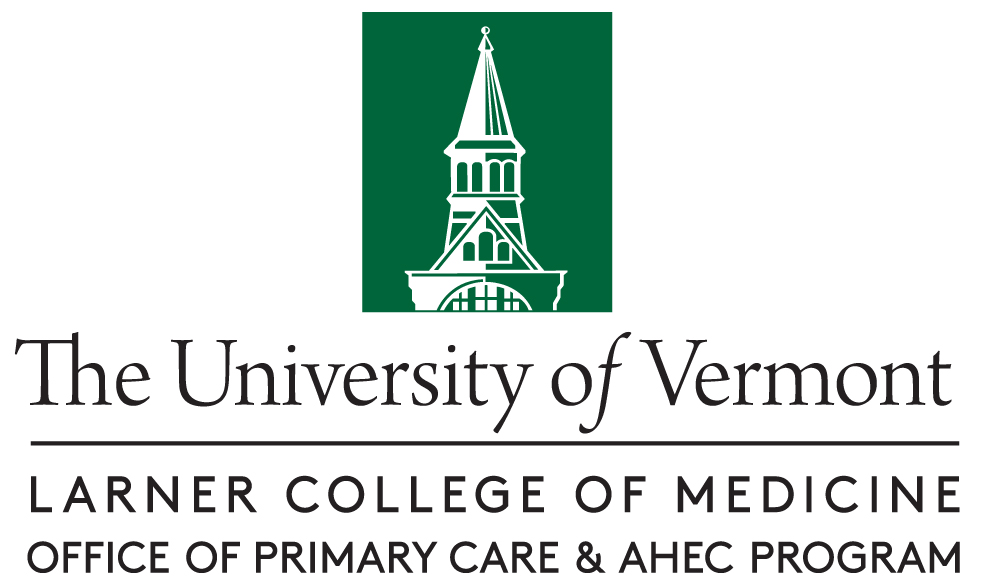
UVM AHEC
Document Type
Poster
Publication Date
2023
Focus Area
Medical Practice Transformation
Abstract
Background:
There are 25 million people in the United States with limited English proficiency (LEP). Patients with LEP are a vulnerable population who may have worse health outcomes compared to English-proficient patients, as they face barriers to safe, effective, and high-quality care. Previous studies show this population is likely to benefit from utilization of patient portals, which allow users to access personal health information and communicate with healthcare providers. Current literature reports that patients with LEP and their families have a strong interest in using the patient portal as it can help them understand their providers and health, remember their care plan, and have more control over their health. However, there is less portal access and utilization among patients with LEP. This study was conducted to obtain provider perspectives surrounding MyChart engagement of patients with LEP to identify potential barriers to MyChart enrollment at the University of Vermont Health Network (UVMHN).
Methods:
EPIC’s Slicer Dicer tool was utilized to obtain UVMHN patient counts organized by reported language and MyChart activation. Data was collected from an anonymous REDCap survey sent to 211 providers within UVMHN Departments of General Internal Medicine, Family Medicine, and Pediatrics, and analyzed utilizing Excel.
Results:
67.9% of UVMHN Primary Care English speakers have MyChart activated compared to 46.9% of patients with LEP. Providers strongly believe that MyChart is beneficial to patients and families with 72.1% of providers agreeing that it improves the patient-provider relationship. When asked specifically about patients with LEP, 36% of providers agree that MyChart access is beneficial to care. 49% report they are likely to encourage MyChart enrollment to their patients with LEP; however, only 14% know how to assist in enrollment. Differences in knowledge of language services are seen in different visit modalities: 78.1% of providers report ability to provide language services during in-person visits compared to 48.8% for video visits and 46.3% for telephone visits. Once made aware of the differences in MyChart activation status between English proficient patients and patients with LEP, providers frequently requested more education around language assistance, MyChart activation instructions to provide patients in their dominant language, translation tools within EPIC, and training for support staff to also encourage patients with LEP to enroll in MyChart.
Conclusions:
While providers overwhelmingly believe MyChart is useful to patient care and are likely to recommend it to their patients with LEP, they lack the tools and education necessary to aid in equitable enrollment. Educational materials and translated resources should be created for providers to utilize in assisting their patients with LEP. A follow-up study with patients would provide an opportunity to compare patient and provider responses and gain additional perspectives on MyChart access and utilization.
Creative Commons License

This work is licensed under a Creative Commons Attribution 4.0 International License.
Recommended Citation
Santhanakrishnan, Shruthi; Mastras, Kassandra; Cangiano, Michelle MD; Jacobs, Alicia MD; Li, Yao MD; Maloney, Sean MD; McEntee, Rachel MD; and Sandoval, Marie MD, "Provider Perspectives on Language Barriers in MyChart Enrollment for Patients with Limited English Proficiency" (2023). UVM AHEC. 4.
https://scholarworks.uvm.edu/uvmahec/4


Comments
AHEC Scholars Summer Project. Poster presented at ACP Vermont Chapter Annual Scientific Meeting on Friday, September 29, 2023.